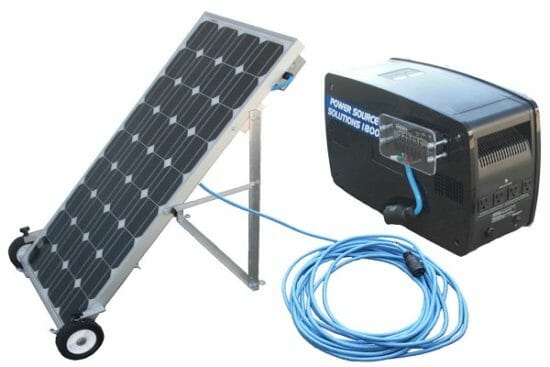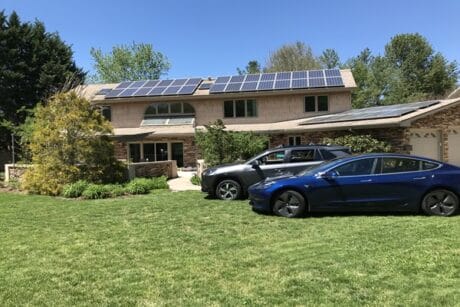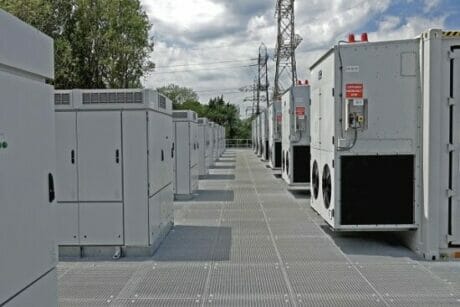No products in the cart.
- Course No E – 1786
- PDH Units: 2
Course No E - 1786
PDH Units: 2
- Course No E – 1786
- PDH Units: 2
Course No E - 1786
PDH Units: 2
Intended Audience: All Engineers
Credits: 2 PDH Units
This 2-hour presentation covers all design and operation considerations of DC-Coupled, and AC-Coupled grid-interactive battery-backup PV systems. It has been developed as a follow-up to designing straight grid-connected PV system (no battery backup). Upon completion of the course, participants should understand the design process for the two most popular configurations for battery-backup, grid-connected Photovoltaic Systems. The course includes how to select all system components and integrate them into a system with desired performance, regardless of whether grid power is available to the system. References: Messenger & Abtahi, Photovoltaic Systems Engineering, 4th Edition, CRC Press, Boca Raton, FL 2017. Component data sheets.
Learning Objectives
Upon completion of the course, the student should understand the design process for the two most popular configurations for battery-backup, grid-connected Photovoltaic Systems. The course includes how to select all system components and integrate them into a system with desired performance, regardless of whether grid power is available to the system. Systems to be designed include:- A 120/240 V system built around a set of designated standby loads. The design will include selection of desired standby loads, inverter, batteries, options for sizing the PV array, PV module selection and wiring, temperature correction, all wire and overcurrent protection sizing and voltage drop calculations and other National Electrical Code requirements.. Array mounting and wind load calculations will also be presented. Finally, system operation setpoints will be discussed.
- The second system discussed will take an alternate approach to determining all the parameters covered in the first design. This system will start with the selection of an array to fit on a roof and then proceed to determine a possible set of standby loads that can be operated by the array and remaining system components.
- The next design example will be an AC-Coupled system based upon converting an existing straight grid-connected system with no battery backup to a battery backup system while retaining the original PV array and inverter. A 3-phase AC-Coupled system will also be presented.
- Power Walls and other new systems will also be presented along with a vision of likely future developments in PV systems that incorporate energy storage.
Once completed, your order and certificate of completion will be available in your profile when you’re logged in to the site.








